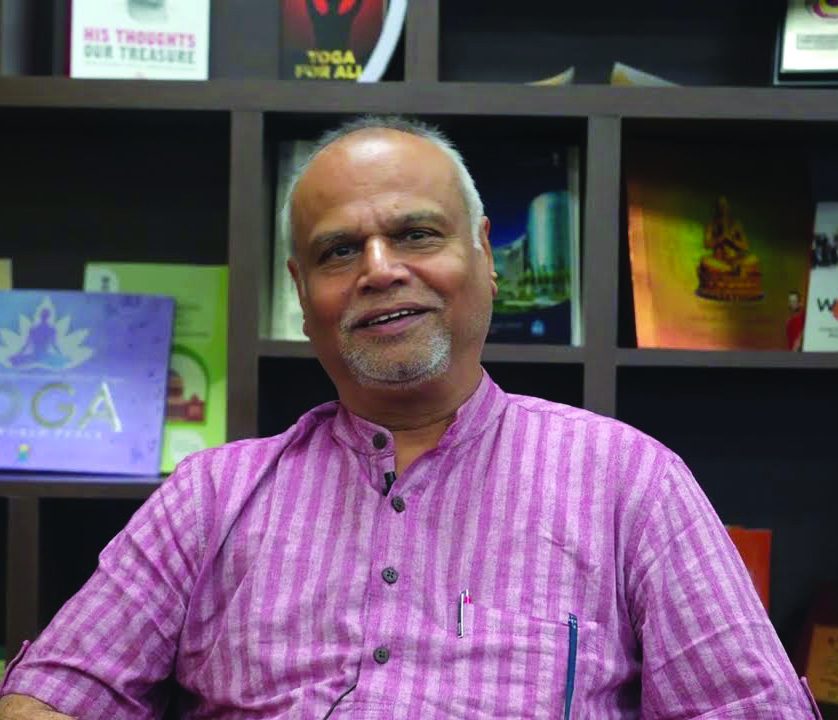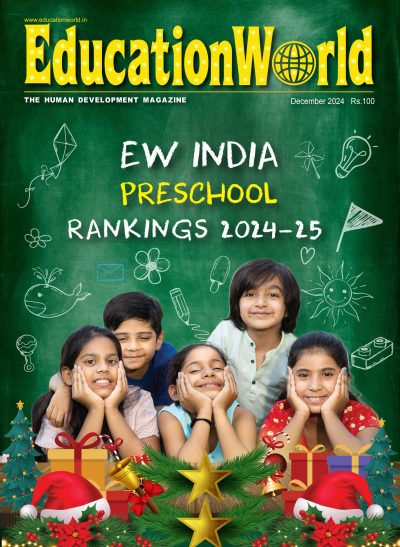Autar Nehru (Delhi)

NAAC headquarters, Bangalore.
College and university rankings have always been a controversial issue in India. There are several government rankings agencies notably the Bengaluru-based National Assessment and Accreditation Council (NAAC, estb.1994) and latterly the Union education ministry’s National Institutional Ranking Framework (NIRF, estb.2015). Neither of these official HEIs (higher education institutions) ranking agencies inspire much confidence within the academic community or among school-going students and college graduates searching for higher education options.
Since it was established 29 years ago, NAAC has accredited only 418 universities (out of 1,113 countrywide) and 9,062 undergrad colleges (42,000) under the voluntary HEIs accreditation system. Most new genre private liberal arts, law, science and engineering HEIs, which are transforming Indian education, don’t bother about NAAC accreditation which at best is an add-on. Neither do the multiplying tribe of education consultants or students looking for higher study options.
Moreover for HEIs, acquiring NAAC accreditation is a tedious and expensive affair. In addition to paying a fee — Rs.6.5 lakh — inevitably, there’s a massive amount of paperwork involved. After much form-filling, NAAC deputes an inspection team mainly comprising retired academics to the applicant HEIs to audit — at the applicant college/university’s expense — and verify their excellence claims. And it’s well-known in academia and the knowledgeable public that in instances where visiting task forces are provided excellent on-campus hospitality and gifts, these institutions tend to receive high A and A++ ratings.
Recently eyebrows were raised over NAAC awarding the Bhubaneswar-based Siksha ‘O’ Anusandhan (SOA) private deemed university the highest score of 3.88 out of a maximum 5.00 — a rating higher than of the Indian Institute of Science, Bangalore (IISc) and every other university countrywide.
According to a Times of India report (October 2, 2022), “seven institutes, all in the private domain have a NAAC score that is higher than the best Indian university”. Ironically in NIRF 2022 published by the Union education ministry, IISc is ranked the country’s #1 university.

Prof. Bhushan Patwardhan
Recently (March) Prof. Bhushan Patwardhan, who was appointed chairman of NAAC in February 2022, resigned from his post in protest against the opaque and questionable ratings awarded by NAAC, expressing apprehension about the “possibility of vested interests, malpractices, leading to the awarding of questionable grades to some HEIs”.
Not that the NIRF rankings inspire much confidence either. In NIRF 2022 which is heavily skewed in favour of government HEIs, in its overall Top 100 league table (headed by IIT-Madras), Bharathiar University, Coimbatore (#24), Savitribai Phule University, Pune (#25) and Siksha ‘O’ Anusandhan, Bhubaneswar (#30) are ranked higher than the highly regarded Birla Institute of Technology and Science (BITS-Pilani) ranked #32 and commonly accepted as the private sector equivalent of the top-ranked government-run IITs. In the EducationWorld India Higher Education Rankings 2023-24 (which excludes IITs), BITS-Pilani is ranked India’s #1 private engineering and technology university. Moreover, Amity University, ranked India’s #1 multidisciplinary university in EWIHER 2023-24, is ranked #42 in NIRF 2022.
In November 2022 an Overarching Committee was constituted after reports of compromised data security were revealed by an in-house inquiry committee appointed by Prof. Patwardhan, and other adverse reports on NAAC received media attention.
Dr. K. Radhakrishnan, a former ISRO chairman and currently Chairman of the Board of Governors at IIT-Kanpur, was asked to prepare a roadmap for aligning NAAC, NBA (of AICTE) and NIRF for the proposed National Accreditation Council (NAC), a vertical decreed to be established under the National Education Policy (NEP) 2020.
With this brief, the major recommendation of the Radhakrishnan Committee is to establish a ‘one-nation, one-data platform’ to be the official platform for data collection and validation of HEIs in India. The committee presented its report to the education ministry on May 12 and is now open for public/expert suggestions and comments. The Radhakrishnan Committee has recommended junking NAAC’s eight-point evaluation system substituted by a binary accreditation system (accredited, not accredited). All HEIs will be required to upload their data on this platform on the basis of which NIRF, NAC and other accreditation bodies, will be able to collate data for publishing rankings or processing accreditation of applicants. After the window for public comment closes on July 24, the target is to switch to a new combined evaluation system by the end of this year.
Yet while NAC is likely to be an improvement on NAAC, it’s also pertinent that a large number of media publications — including India Today and EducationWorld — also publish HEI ranking league tables.
Indeed, the recently published (April & May) EW institutional ranking league tables have attained a degree of sophistication that the proposed NAC is unlikely to match. Because in the final analysis, all rankings are underpinned by credibility. And government credibility — as indicated by the NAAC scandal and incredible NIRF rankings — is low.



















